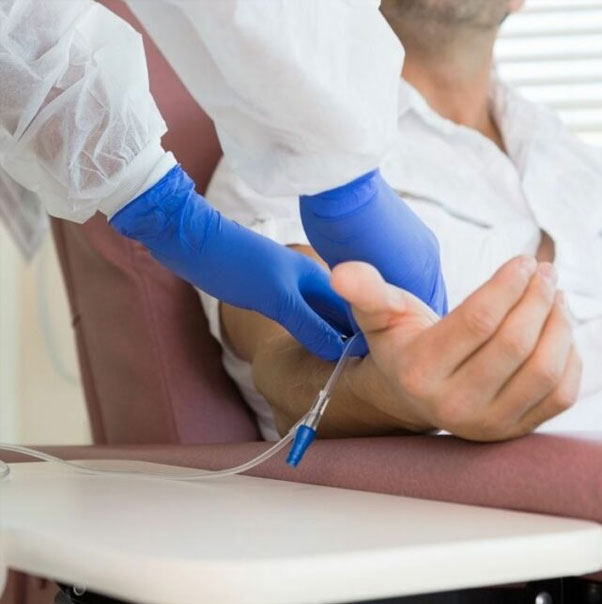Iron Infusions: Boosting Your Body's Powerhouse
Iron, a vital mineral in your body, plays a crucial role in making haemoglobin. Without enough iron, anaemia can sneak in, leaving you feeling fatigued and drained. Enter the hero: the iron infusion, a simple yet potent solution delivered directly into your veins.
Overview
Picture this: a small catheter in your vein, delivering iron where it's needed most. This is an iron infusion, a procedure done in a medical office or clinic. If your body lacks iron, haemoglobin production falters, leading to iron deficiency anaemia - a common woe.
Factors like blood loss, dietary gaps, certain medications, or increased iron needs during pregnancy can deplete your iron levels. While oral supplements are the go-to, some situations call for the speed of an IV iron infusion.
Why Opt for an Iron Infusion?
IV iron steps in when oral options aren't feasible. It's a go-to for those with gastrointestinal bleeding, inflammatory bowel disease, or on dialysis. If you've tried oral iron to no avail, have celiac disease, or need a quick iron boost during pregnancy, an iron infusion might be your ticket to vitality.

Iron infusions - reviving your iron levels with efficiency and minimal fuss. Because everyone deserves a powerhouse body!
Book an appointment with your GP to discuss iron infusion.
Procedure Details
Before the infusion dance begins, your healthcare provider calculates your iron needs based on weight and hemoglobin levels. Communicate any medical conditions, allergies, or medications to ensure a smooth ride.
During the infusion, a needle is skillfully placed in your vein, secured with tape, and connected to a fluid bag on an IV stand. The process takes a mere 15 to 30 minutes, delivering up to 1,000 milligrams of iron.
Risks and Benefits
Advantages? An iron infusion swiftly elevates your iron levels, outperforming oral alternatives.
Studies sing praises of its effectiveness and tolerance. Side effects are minimal, ranging from bloating to joint pain.
Post-infusion, monitor for about 30 minutes. Improvement usually kicks in within days to a week. If concerns arise, your healthcare provider is your guide.
Recovery and When to Seek Help
Recovery is speedy; you'll likely feel the boost within days. If side effects linger or become bothersome, don't hesitate to contact your healthcare provider.

